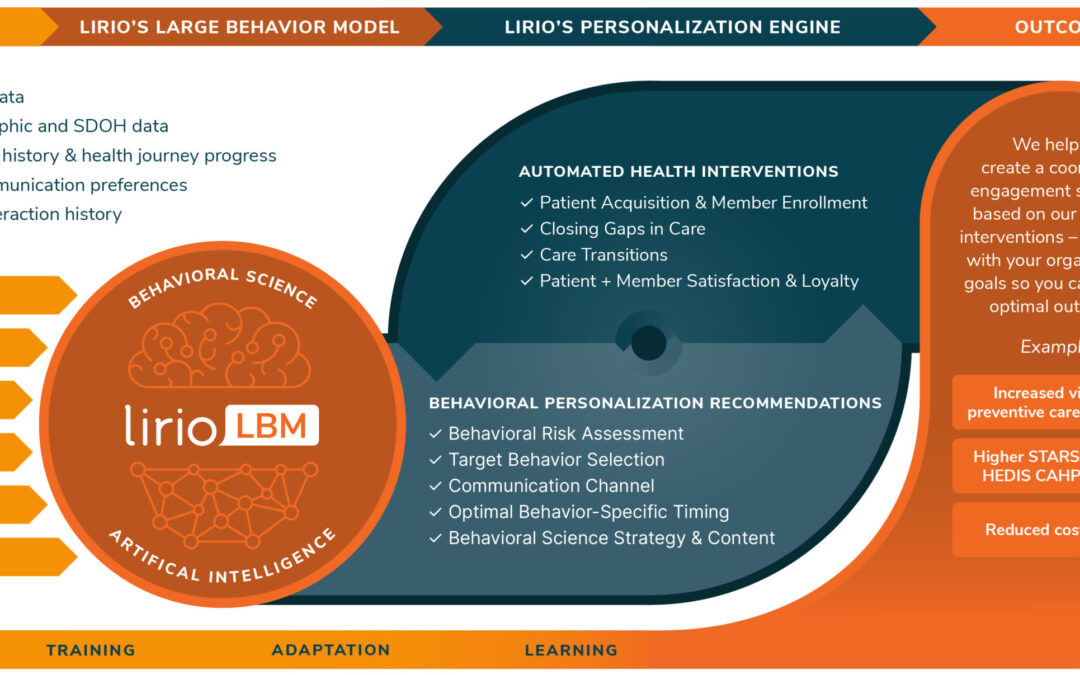


Lirio and Truth Initiative Partner on Precision Nudging™ Intervention for Tobacco Cessation
Truth Initiative’s EX Program is partnering with Lirio, a behavioral science tech company, to expand its member marketing capabilities. Through this partnership, they’ll harness the power of AI to drive even greater reach of their tobacco cessation program to employees and members.

8 Key Questions to Ask When Operationalizing Research
In 2023, return on investment and clinical validation of a technology’s platform will be greatest indicators of a digital health company’s success (GSR Ventures, 2023). Recent efforts to examine clinical robustness in digital health companies find that many have in...
Spring Health Tech Conference Season Observations
March went out like a lion in the health tech world, with ViVE 2023 in Nashville the last week of the month, and spring conference season continued with HIMSS 2023 in Chicago in April. It was a whirlwind of activity for these dueling conferences, with many of the same...
In Pursuit of Health Equity for Older Adults to Support Active Aging
“For a just selection, everybody has to take the same exam: climb that tree.” In this well-known satire of the education system, it matters a tremendous amount on your selection success whether you’re a dog, a seal, a goldfish, or a monkey. In healthcare, the cartoon...